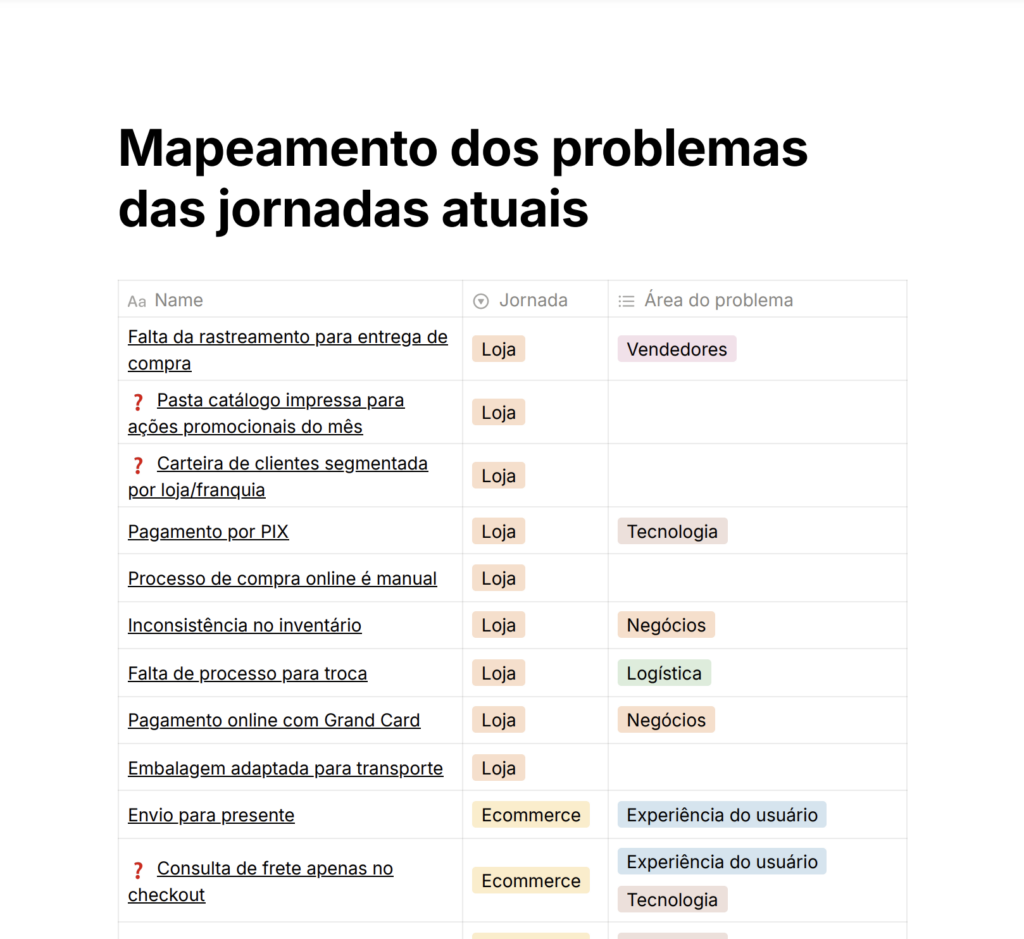Context of the Project
Objective
Map Grand Cru's online and in-store shopping experience to identify opportunities for implementing an integrated, omnichannel journey.
Expected output
THE visibility of the entire in-store and ecommerce acquisition journey process. With the mapping pains and opportunities of action to subsequently implement the omnichannel journey.
Víssimo Group | Grand Cru
5 weeks (April/23)
This project is about:
Service Design
Blueprint
Omnichannel
Immersion
Ecommerce

Challenge
Nowadays, omnichannel is something that is already part of the daily lives of digital consumers, who look for agile solutions when purchasing a product.
The company had already implemented in-store pickup a few years ago, however, there were many process failures that were impacting service quality and customer satisfaction users. Therefore, it has been discontinued.
The objective of the project was to identify the pains and needs of the current journey, and the points of attention for the implementation of omnichannel.
Blueprint Design
To understand the pain points and opportunities, I immersed myself in the context, and from there I designed the in-store and online purchasing journeys separately.
Immersion: The immersion consisted of visiting different locations with the aim of learning about the processes and identifying opportunities. To do this, I visited a Distribution Center (DC) in Espírito Santo and 3 Grand Cru Stores in São Paulo. In addition, I mapped the processes with some key stakeholders from the following areas: Logistics and Transportation, Customer Experience, Software Architecture, Store Managers and Salespeople.
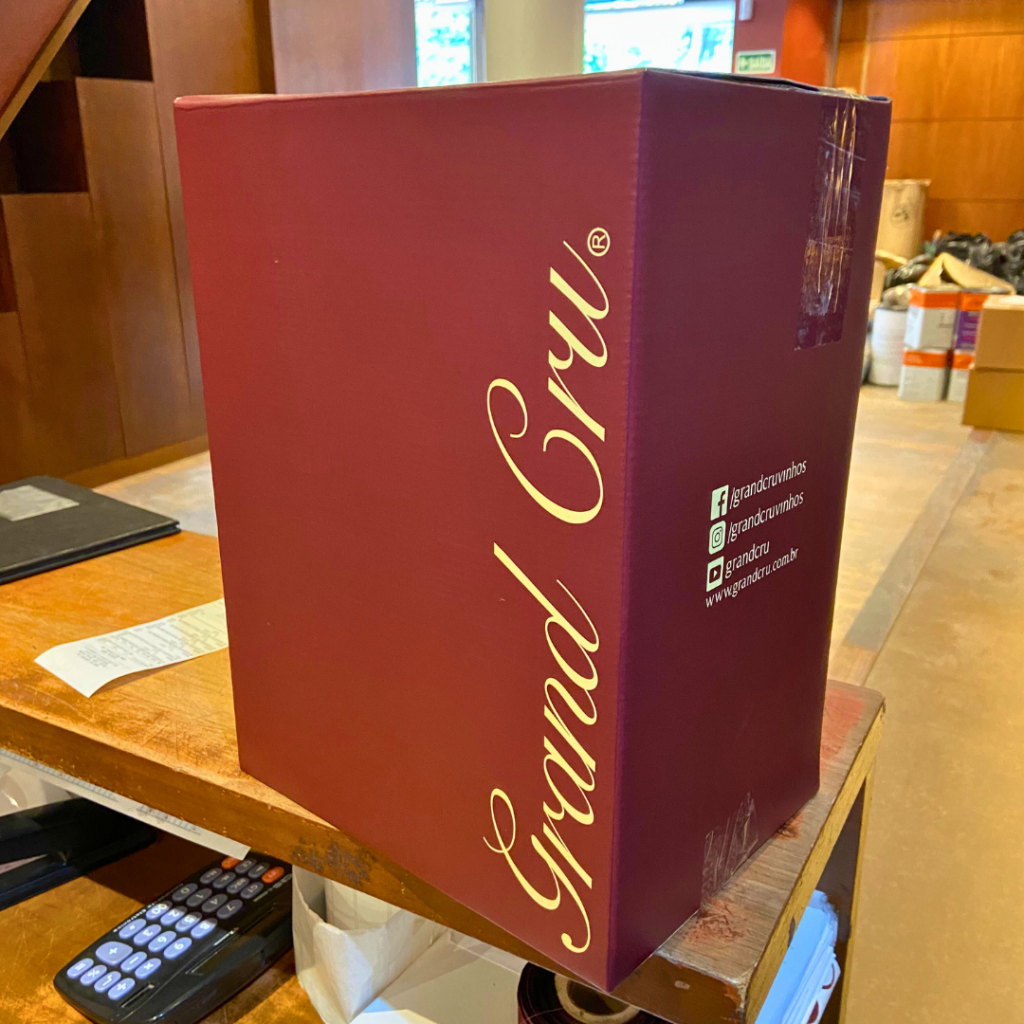
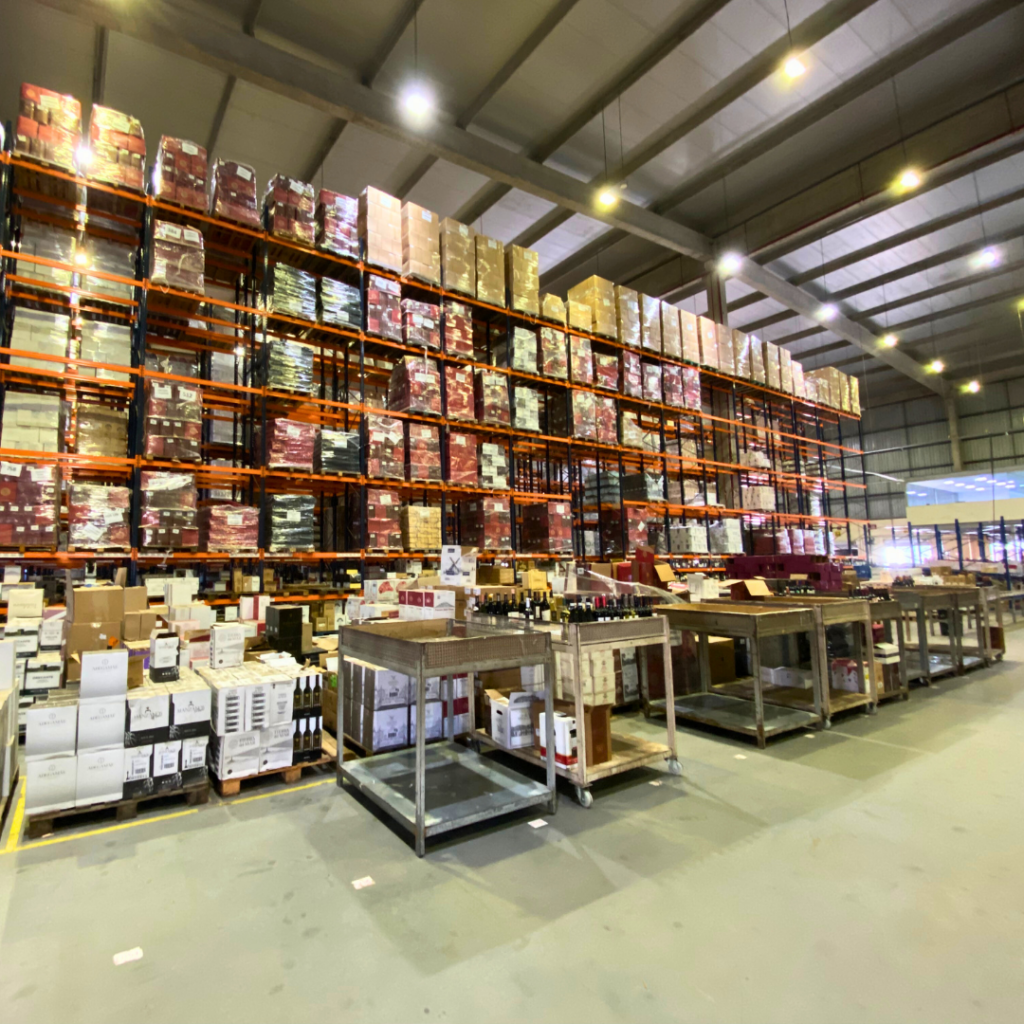
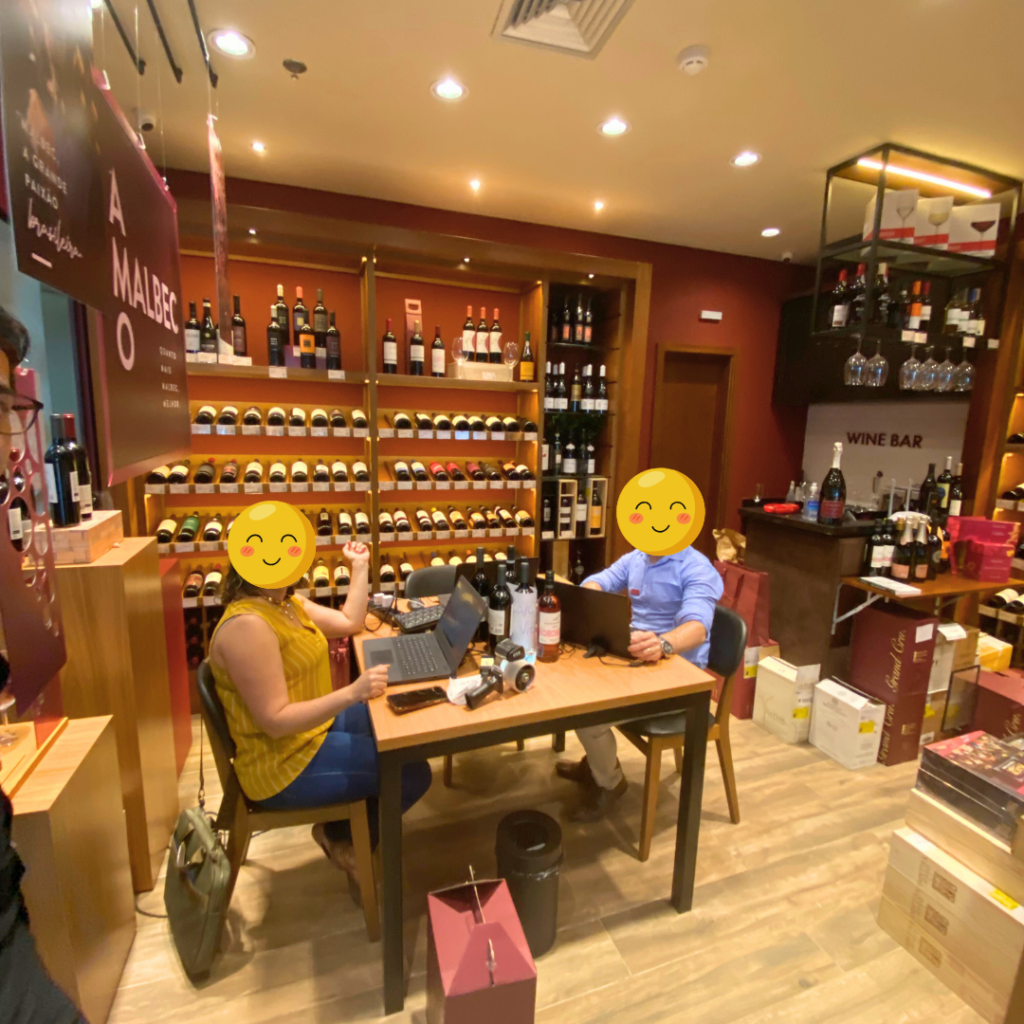
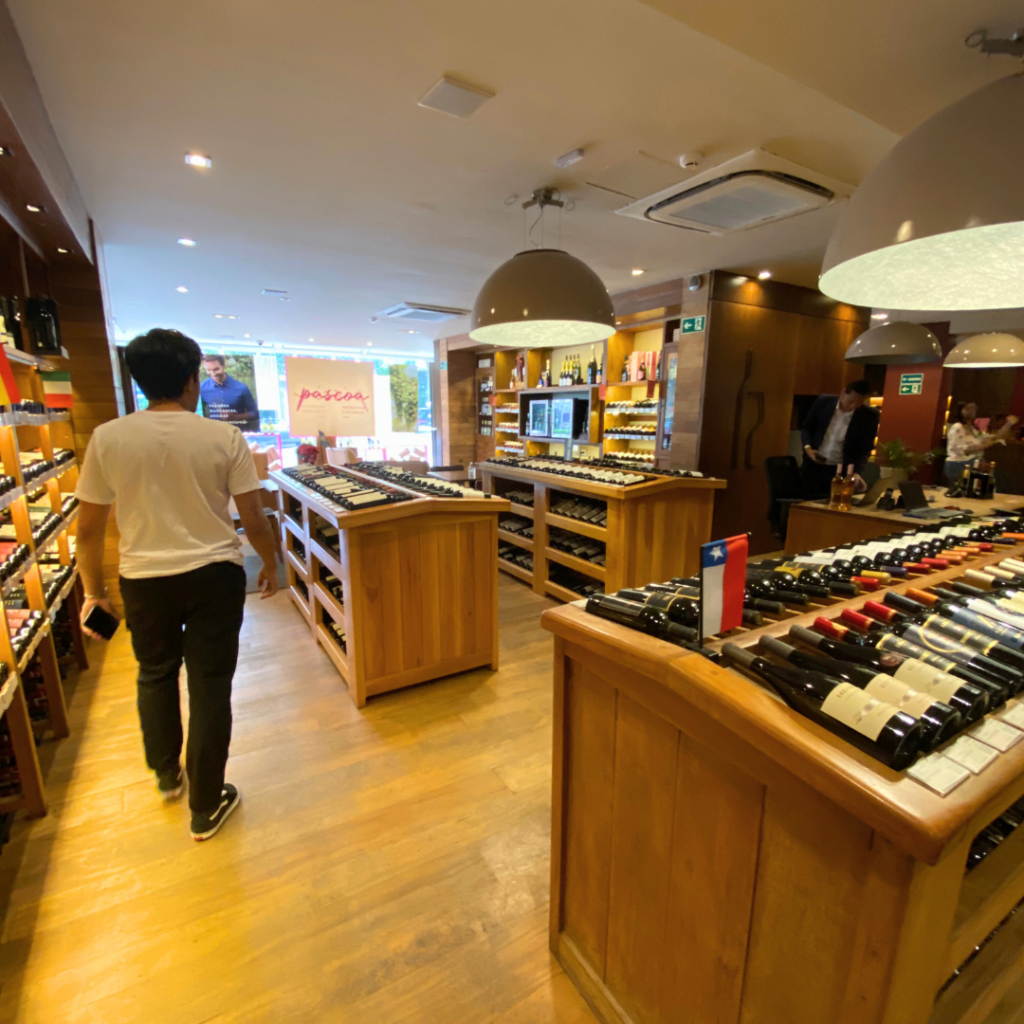
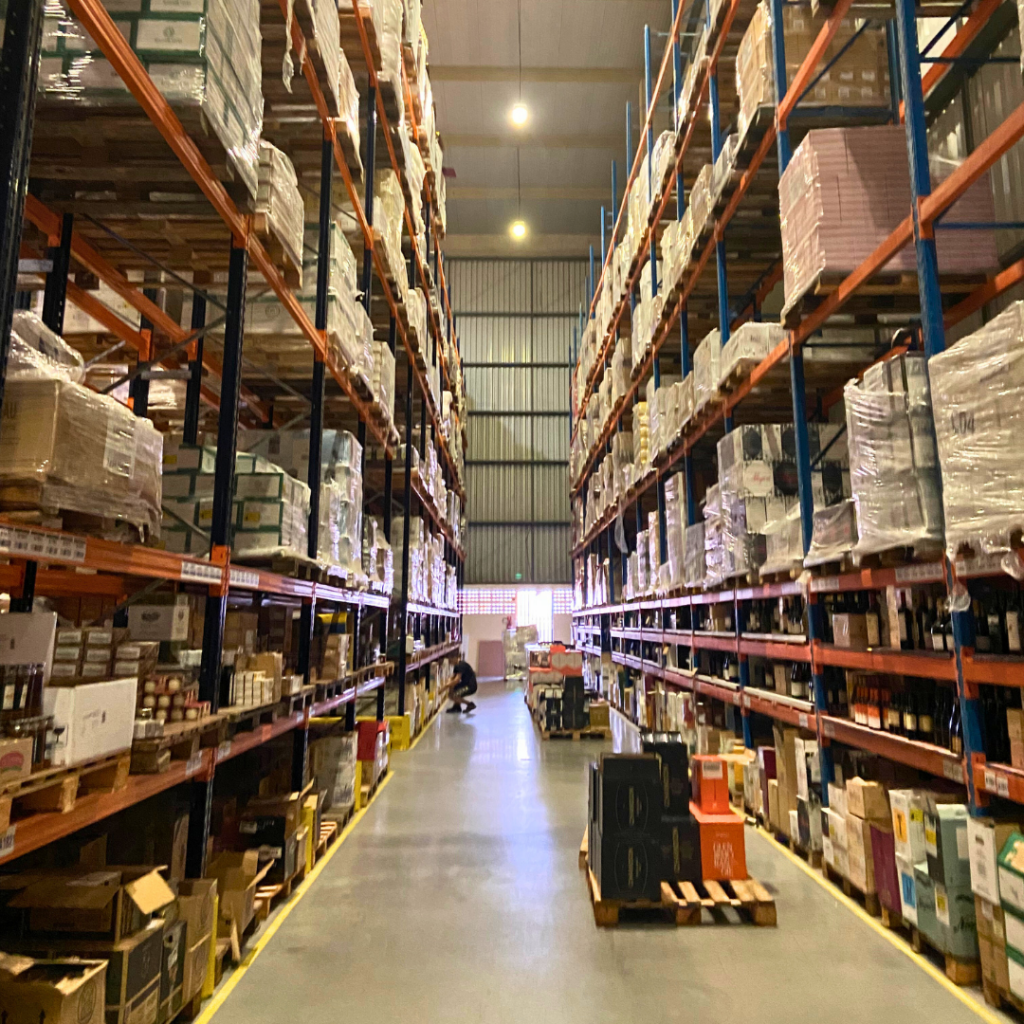
From there, I consolidated everything into a blueprint and mapped out the problems and opportunities.
The blueprint was built in 4 layers using the Service Blueprint methodology created by MJ Bitner (2007)
- Frontstage – Customer Actions
- Frontstage – Interaction: Customer touchpoint with humans and technology
- Backstage – People: Everything people do that is not visible to the client
- Backstage – Systems: Systems that support the process
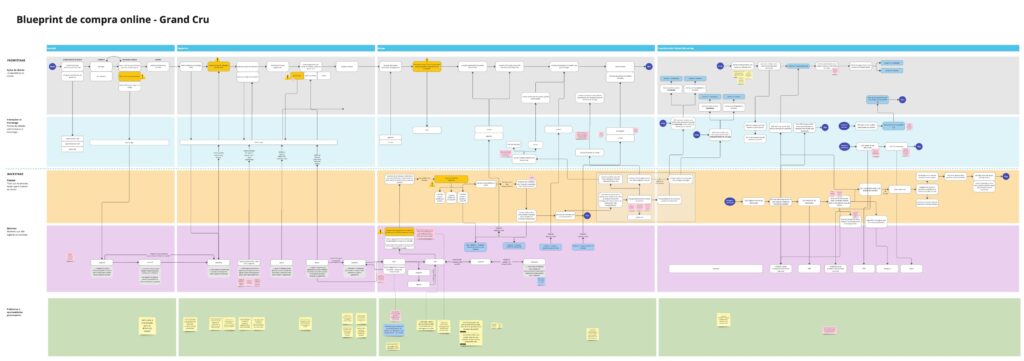
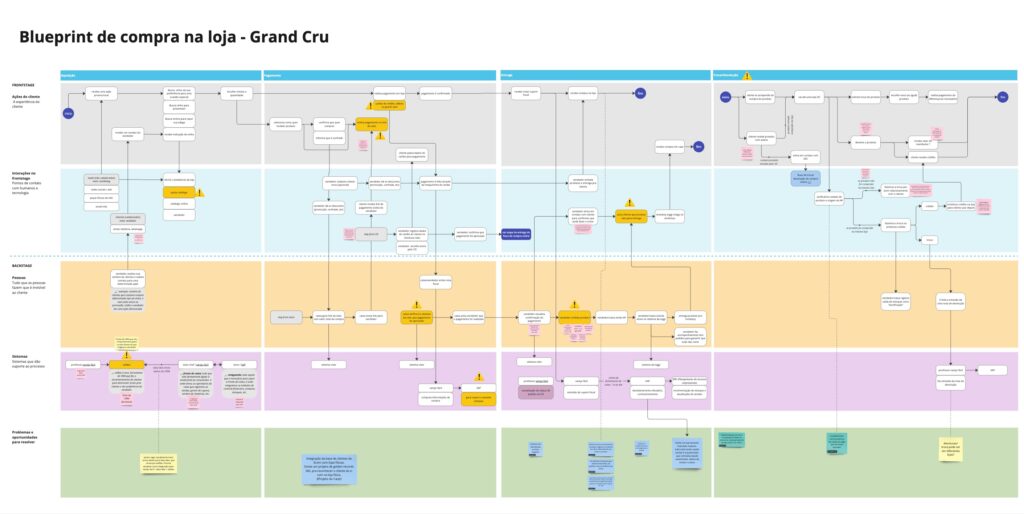
Delivery
Given the complexity and size of the project, a mapping of 26 pain points and opportunities was delivered and each of them was addressed to the responsible area. Some of these problems include:
- Exchange and return flow: in e-commerce, there is a well-designed and defined exchange and return policy and journey between all areas: CX, Transportation and Logistics, and DC Operations. However, in-store policies are not well defined. This was a point that we defined as important to address, given that in the omnichannel journey, channels intersect, and it is important to allow flexibility in exchange and return across the different user journeys;
- Payment by bank slip: to allow for a more agile journey with less possibility of stock shortages, we understand that payment by bank slip could have an impact on the experience of this journey, given the payment and compensation time of this payment method;
- Gift purchase: in this case, stores deliver a robust and personalized gift purchase experience, however the same does not happen in ecommerce, which does not offer this type of personalization throughout the purchase journey;
Some of these problems were addressed in new specific projects due to their complexity. The project focused on resolving the main pain points and implementing an auxiliary omnichannel tool. However, the project was halted before the final resolution due to business priorities.
